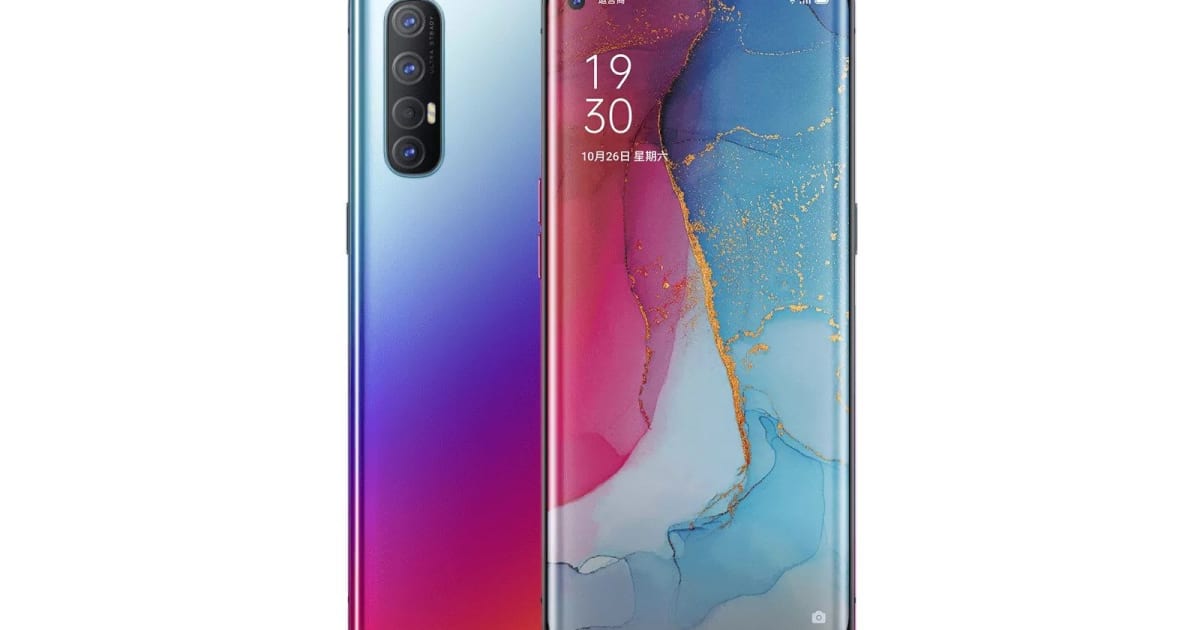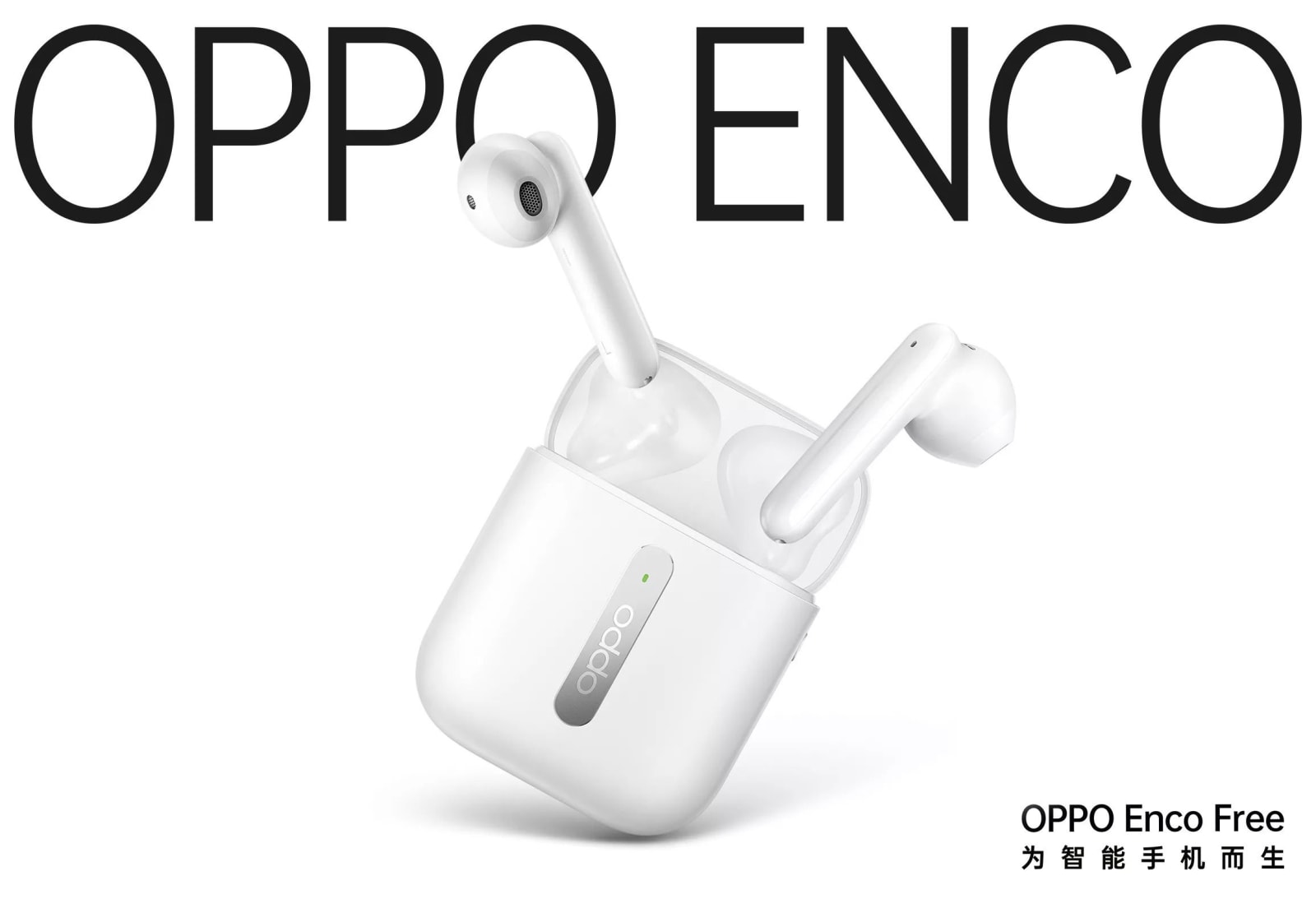You can also expect some cutting-edge display tech. Both Reno 3 phones tout bright 800-nit screens with HDR10+ support and 180Hz touch rates. There's Dolby Atmos stereo speakers to fill out the sound, too. And battery life might not be a problem -- the two handsets have 4,025mAh batteries with 30W rapid charging that gives you a 50 percent charge in 20 minutes, and 70 percent in half an hour.
After that, the differences are surprisingly stark. The base Reno 3 (pictured below) runs on MediaTek's new Dimensity 1000 chip, and its touts a 6.4-inch FHD+ AMOLED screen with a teardrop notch for its 32-megapixel selfie camera. On the back, you're looking at a 64MP main camera, an 8MP ultra wide-angle camera and options for monochrome and retro portraits. And did we mention there's a headphone jack?
The Reno 3 Pro (above) takes a decidedly different approach. It runs on a Snapdragon 765G and carries a 6.5-inch FHD+ AMOLED screen with a smoother 90Hz refresh rate and a hole-punch 32MP selfie cam. The main rear camera is a lower-resolution but more advanced 48MP unit with a f/1.7 aperture and optical image stabilization, and there's a 13-megapixel 2X telephoto camera to go with the ultra-wide and a 2MP monochrome sensor. Curiously, there's no headphone jack -- Oppo was apparently more interested claiming the "world's thinnest 5G phone" title (it's 7.7mm thick) than maintaining consistent features.
Both Reno models will be available in China on December 31st. The Reno 3 will be available in a version with 8GB of RAM and 128GB of storage for 3,399 yuan (about $486), while bumping it up to 12GB of RAM raises the price to 3,699 yuan ($529). Splurging on the Reno 3 Pro, meanwhile, will cost you 3,999 yuan ($572) for 8GB of RAM and 128GB of storage, while going all-out with 12GB of RAM and 256GB of storage will set you back 4,499 yuan ($643). Color nerds may also want to wait until January, when a Pantone-matched Classic Blue edition of the Pro with 8GB of RAM and 128GB of storage will sell for 4,199 yuan ($600). You should "stay tuned" for international releases, Oppo said.
On top of this, Oppo is hopping on the true wireless earbud bandwagon with Enco Free buds that bear more than a passing resemblance to standard AirPods. They don't stand out much apart from options for black and (on Valentine's Day) pink colors, but they and the included battery case will deliver up to 25 hours of playback when they arrive on December 31st for 699 yuan ($100).
All products recommended by Engadget are selected by our editorial team, independent of our parent company. Some of our stories include affiliate links. If you buy something through one of these links, we may earn an affiliate commission.




